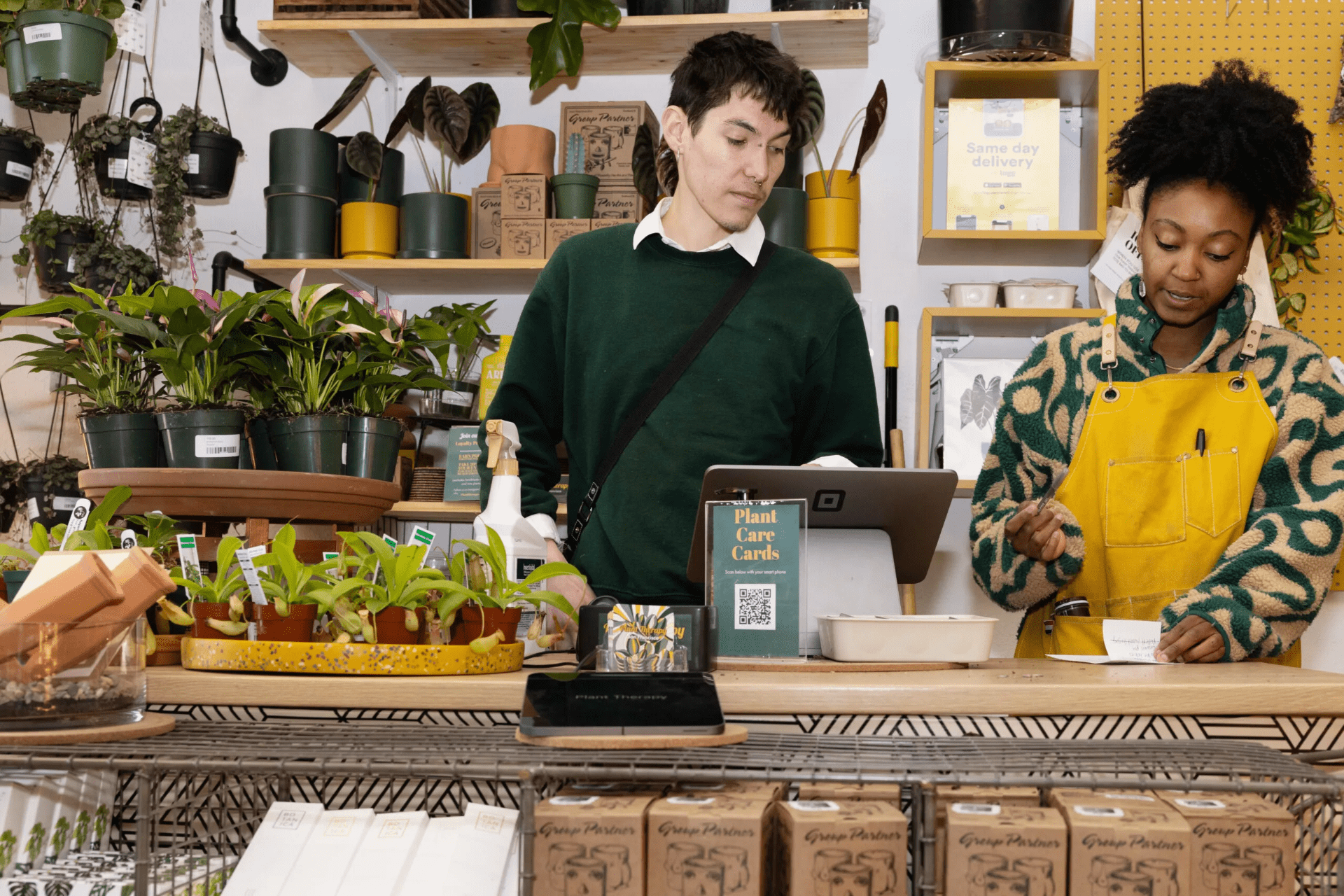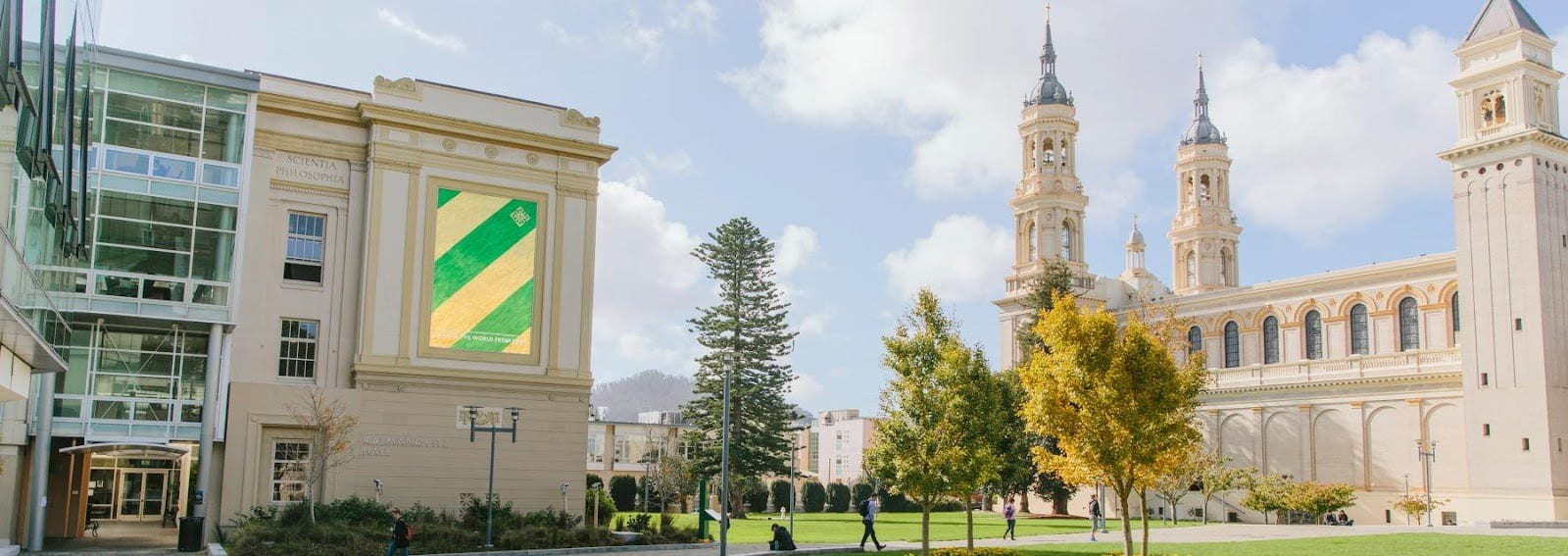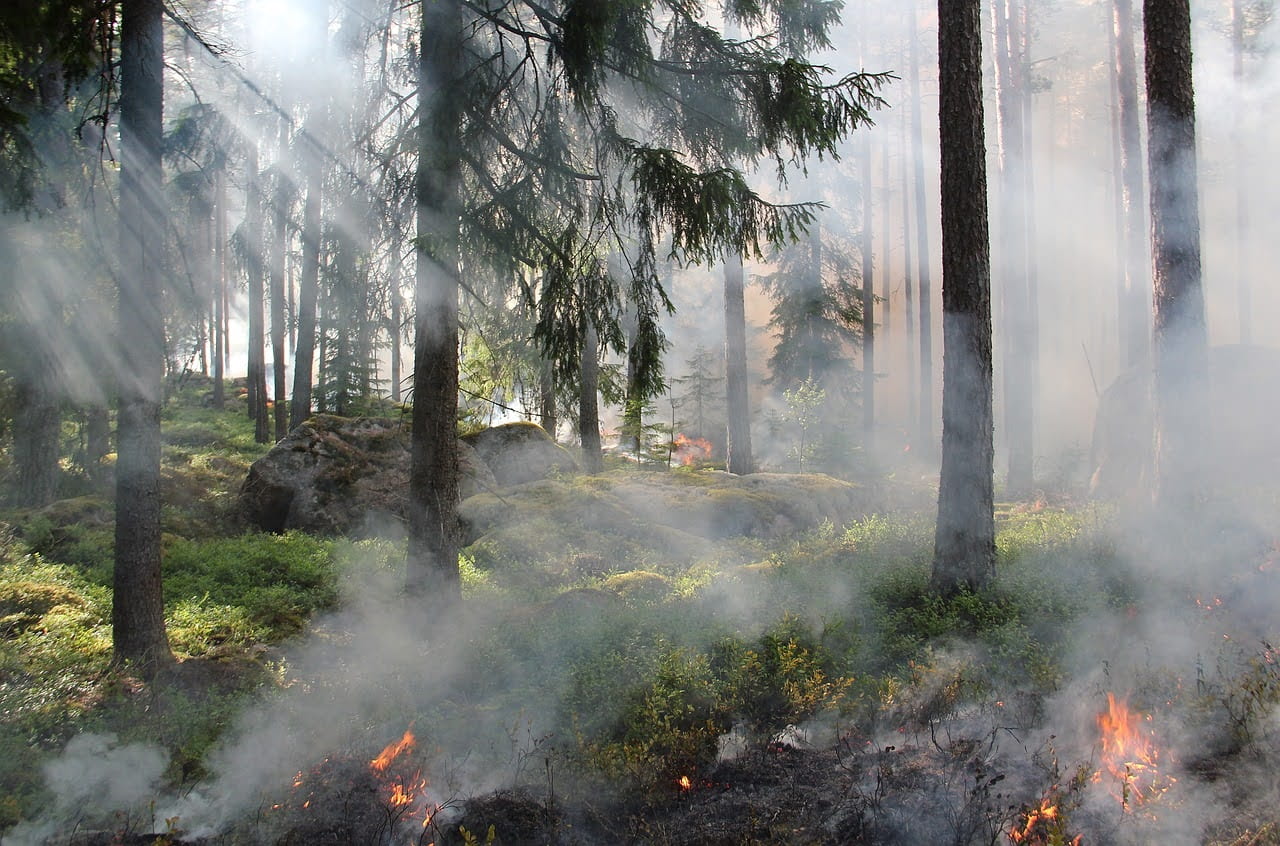Biodiversity Conservation and Endangered and Threatened Species in San Francisco
Biodiversity of San Francisco
Protecting biodiversity is important for a litany of reasons, first and foremost for the intrinsic value and dignity of Earth’s species, and also because it serves as a defense against climate change, strengthens food and water systems, contributes to clean air, is economically beneficial, and contributes to improved public health and quality of life. All of that is to say that the importance of biodiversity conservation simply cannot be overstated. This is important globally and especially in San Francisco, despite it being a highly urbanized major city, since it is such a biodiverse area.
According to the Center for Biological Diversity, San Francisco is among one of the nation’s six most important biodiversity hotspots. In fact, the San Francisco Bay hosts the largest estuary on the west coast of North America. San Francisco’s Mediterranean style climate supports over 7,000 native plant species in what is known as the California Floristic Province. Another feature that makes SF so biodiverse is its variety of ecosystems, which include coastal scrub, sand dunes, the Pacific Ocean, SF Bay, oak woodlands, riparian, saltwater and freshwater wetlands, and grasslands. These conditions also create a suitable habitat for migratory birds throughout the year, making SF an important location for avian diversity as well.
Endangered Species in San Francisco
Protecting and supporting endangered species is crucial for biodiversity. The Golden Gate National Parks Conservancy explains that there are 35 endangered, rare, and threatened species in the Golden Gate National Parks, which is “more federally protected species than any other national park unit in the continental United States–more than Yosemite, Yellowstone, Sequoia, and Kings Canyon National Parks combined.” And the Bay Area’s nine counties “are home to more than 90 animal and plant species listed as threatened or endangered under the federal Endangered Species Act” (CBD). Many people may not typically think of SF as being so highly biodiverse since it is such a densely populated, urban environment. Unfortunately, with the increase of urban sprawl, development, population growth, and invasive species, biodiversity in San Francisco is becoming increasingly threatened. Increasing awareness of these issues is important because it can shift public opinion and therefore guide policy differently. The following pictures are some of the threatened and endangered species in the SF Bay Area:
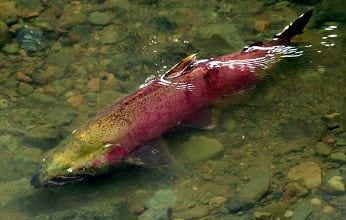
Coho salmon
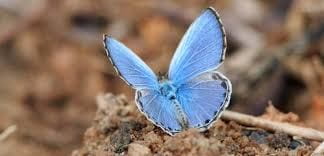
Mission blue butterfly

California red legged frog
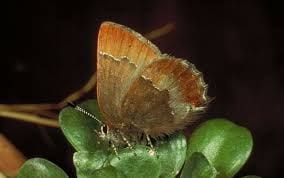
San Bruno elfin butterfly

San Francisco garter snake
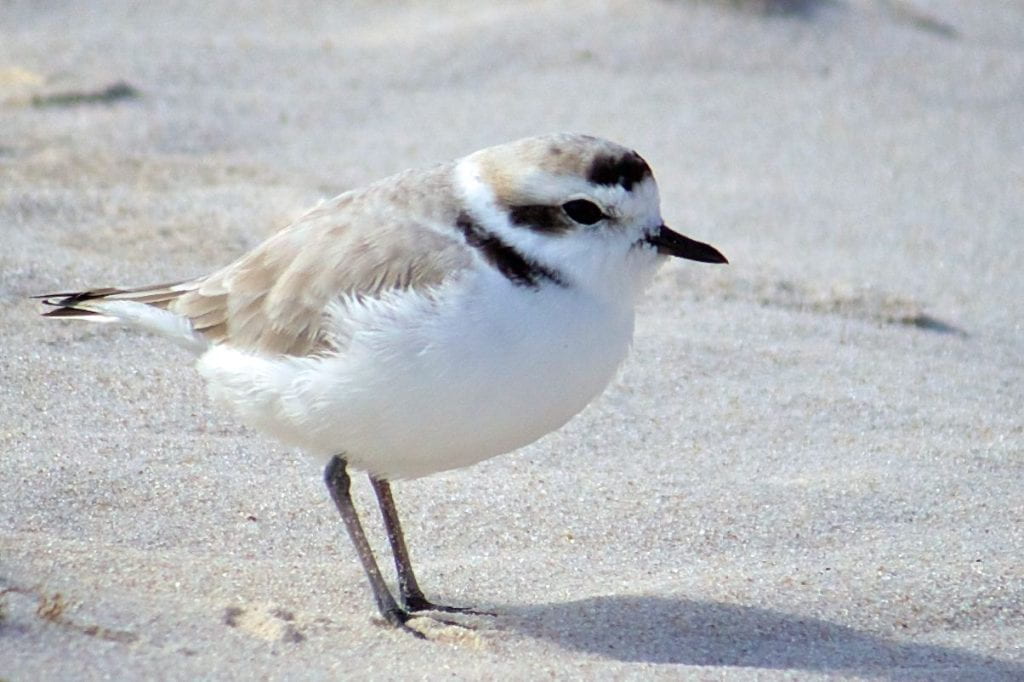
Western snowy plover
Action in SF on Biodiversity Conservation and Habitat Restoration
While SF has a legacy of national leadership in environmental action with initiatives like municipal composting, zero emission public transportation, and urban agriculture, it should be noted how all of these efforts tie into biodiversity conservation. Continuing to expand pre-existing environmental policies and initiatives will also benefit biodiversity and the wellbeing of San Francisco and beyond. Current agencies, organizations, and communities that are working to address this include: SF Environment’s Biodiversity Program, the Fish and Wildlife Service, the Golden Gate National Parks Conservancy’s Habitat Stewards, Nature in the City, the Wild Oyster Project, the San Francisco Estuary Institute, the California Academy of Arts and Sciences Institute for Biodiversity Science and Sustainability, California State Coastal Conservancy, California Native Plant Society, Save the Bay, San Francisco Forest Alliance, San Francisco Conservation Corps, the Nature Conservancy, and the Marin Conservation League, as well as local university researchers, communities, and volunteers. Action on conservation and habitat restoration is absolutely critical to maintaining the health and wellbeing of the ecosystems and the species that inhabit them. Through these efforts, endangered species can even make amazing comebacks, such as the Bay Area’s coho salmon this year (Bartlett). In Point Reyes National Seashore, National Park Service Fishery Biologist Michael Reichmuth explains that in Olema creek they were expecting to see around 40 nests, and now they’re looking at double that. In a single day on Olema Creek, they counted 150 adult Coho Salmon, the highest single day count ever recorded. More broadly, habitat restoration efforts in San Francisco have been hugely important for sustaining and restoring wetlands and many other native ecosystems because they allow native plants to flourish, in turn allowing for native insect and animal species to thrive as well. These successes are just a few examples of how when humans live sustainably and carefully steward the land, ecological communities (even in urban areas like SF) can not only survive but thrive. And ecological restoration/biodiversity conservation is not only beneficial for the species and the land itself, but it is also economical. By investing in the land, humans are investing in themselves. Philippe Lazaro with Plant with Purpose asserts that “every $1 invested in the restoration of land and ecosystems generates at least $7 in economic benefits…and that is a conservative estimate.”
Aside from the ecological, human, social, and economic benefits biodiversity provides, perhaps it is most important to understand these issues through a lens of systems thinking. Ultimately reducing the amount of things that threaten these species and these lands is the most important. There should be greater focus on developing systems that are preventative rather than reactionary and that actually address these issues at the root level rather than symptomatically. Herein lies the importance of sustainability in conjunction with biodiversity conservation, which also includes changing the economic system, political system, culture, and the way in which humans understand and connect with nature.
References
Andrews, H. (2024, February 26). Endangered coho salmon: California’s Comeback Kid with “surprisingly strong” spawning season, says NPS. FOX Weather. https://www.foxweather.com/earth-space/endangered-coho-salmon-california-comeback.
Bartlett, A. (2024, February 23). Endangered Species makes a major comeback in Bay Area Creek. SF Gate. https://www.sfgate.com/bayarea/article/endangered-coho-salmon-bay-area-c omeback-18682993.php.
Biodiversity policy – SF planning. Executive Summary: Biodiversity Policy. (n.d.). https://commissions.sfplanning.org/cpcpackets/2013.4117CWP.pdf.
Center for Biological Diversity . (n.d.). San Francisco Bay Area and Delta Protection. https://www.biologicaldiversity.org/campaigns/san_francisco_bay_area_and_delta_protection/index.html.
Endangered Species. Golden Gate National Parks Conservancy. (2018, November 8). https://www.parksconservancy.org/conservation/endangered-species.
Lazaro, Philippe. (2022, December 27). Plant with Purpose. What’s the return for investing in ecosystem restoration? https://plantwithpurpose.org/whats-the-return-for-investing-in-res toration/#:~:text=Every%20dollar%20invested%20in%20the,this%20is%20a%20conservative%20estimate
Nature and biodiversity in SF. San Francisco Environment Department (SFE). (n.d.). https://www.sfenvironment.org/biodiversity#:~:text=The%20city’s%20biodiversity%20resides%.
Restore our Wetlands. Save The Bay. (n.d.). https://savesfbay.org/restore/.
US Department of Commerce, N. O. and A. A. (2020, September 2). What is an estuary?. NOAA’s National Ocean Service. https://oceanservice.noaa.gov/facts/estuary.html.
